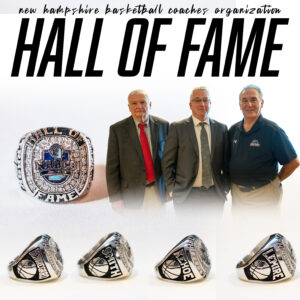 CONCORD, NH – The New Hampshire Basketball Coaches Organization inducted four new members into its Hall of Fame on Saturday afternoon at The Red Blazer in Concord.
CONCORD, NH – The New Hampshire Basketball Coaches Organization inducted four new members into its Hall of Fame on Saturday afternoon at The Red Blazer in Concord.
Dave Smith (Coe-Brown), Tim Kehoe (Lebanon), Ed Lemire (Derryfield) and Robin Beauregard (Hinsdale) comprised the 4th NHBCO HOF class.
🎥 WATCH THE FULL INDUCTION CEREMONY
📸 VIEW THE FULL PHOTO GALLERY
Let’s take a further look at each inductee, with their bios that were featured in the Hall of Fame program…
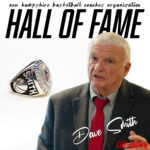 DAVE SMITH, Coe-Brown
DAVE SMITH, Coe-Brown
Dave Smith has been a leader in New Hampshire high school basketball for nearly five decades, coaching Varsity Boys’ Basketball for 48 years and leading his teams to the playoffs 45 times. He guided teams to 14 State Semifinals, seven Finals and one State Championship, earning over 650 career wins. A member of the NHIAA Hall of Fame and former IAABO Board Official, he has been honored with the Walter A. Smith Coaches Award and the John Wooden Family Legacy Award.
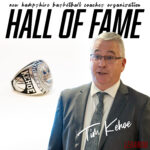 TIM KEHOE, Lebanon
TIM KEHOE, Lebanon
Tim Kehoe recorded 576 career wins over a long and successful coaching career in New Hampshire high school basketball. He coached boys’ basketball for one year each at Pittsburg and Newport before moving to girls’ basketball, where he spent one year at Newport and 29 seasons at Lebanon High School. At Lebanon, his teams compiled a 545–108 record, made 20 State Semifinal appearances, finished as Runner-Up five times, and won six State Championships, consistently competing at the highest level and making a lasting impact on the sport in the state.
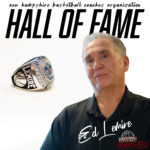 ED LEMIRE, The Derryfield School
ED LEMIRE, The Derryfield School
Ed Lemire has dedicated over 50 years to coaching, including more than four decades at The Derryfield School, where he led the Varsity Girls’ Basketball team to a 454–274 record, 13 Final Four appearances, and a 1998 State Championship. A six-time NHBCO Coach of the Year and 2005 NH Coaches Association Hall of Fame inductee, he has also served as the NHBCA/NHBCO Class S/Division IV Girls’ Basketball Representative for over 20 years and was Secretary of the Executive Board from 2005 to 2017. In 2024, he was honored with the Union Leader Walter A. Smith Coaches Award for his long-standing contributions to the sport.
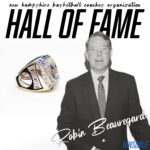 ROBIN BEAUREGARD, Hinsdale
ROBIN BEAUREGARD, Hinsdale
Robin Beauregard enjoyed a distinguished 25-year coaching career at Hinsdale High School, where he developed the basketball program from its early days in a small town hall gym into a well-established and respectable program. After graduating from Plymouth State College in 1964, he guided Hinsdale to three State Championships (1972, 1974, 1978) and two runner-up finishes, compiling a 330–223 record. Named New Hampshire Coaches Association Coach of the Year in 1982–83, he was further honored in 2001 when the Hinsdale Gymnasium was renamed the Eugene Robin Beauregard Gymnasium in recognition of his lasting impact on New Hampshire basketball.
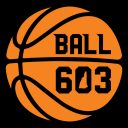

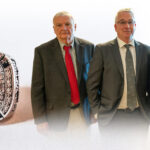





























































































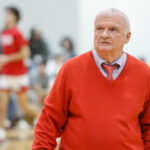
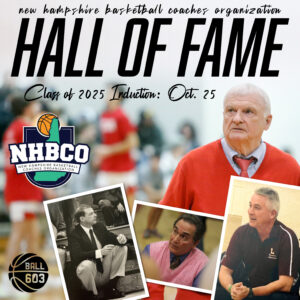
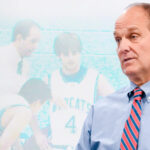
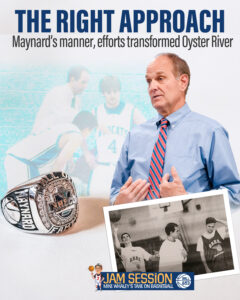
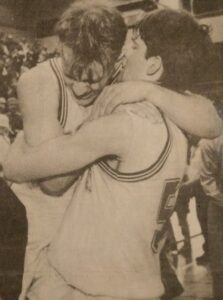
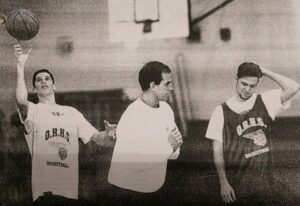
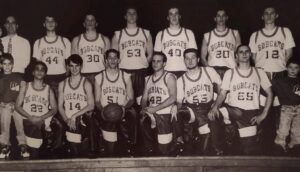
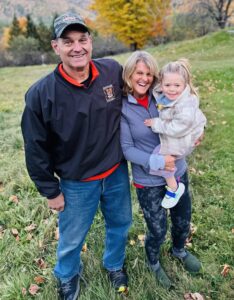
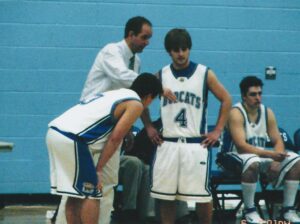
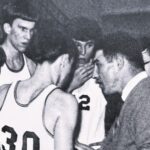
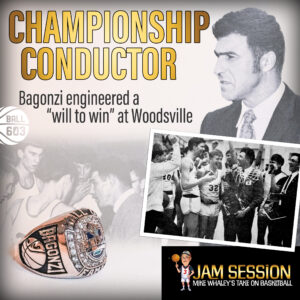
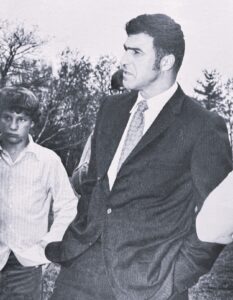
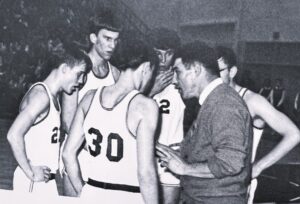
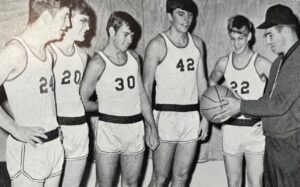
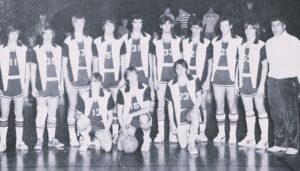
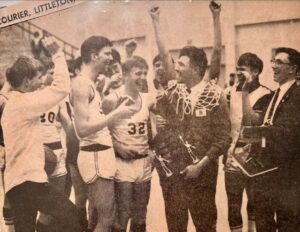
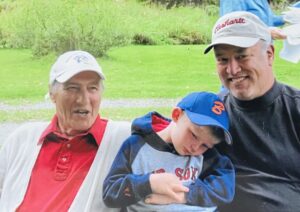
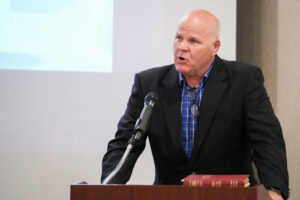
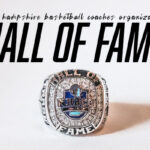
 CONCORD, NH – The New Hampshire Basketball Coaches Organization inducted seven new members into its Hall of Fame on Saturday afternoon at the Holiday Inn in Concord.
CONCORD, NH – The New Hampshire Basketball Coaches Organization inducted seven new members into its Hall of Fame on Saturday afternoon at the Holiday Inn in Concord.



















































































































